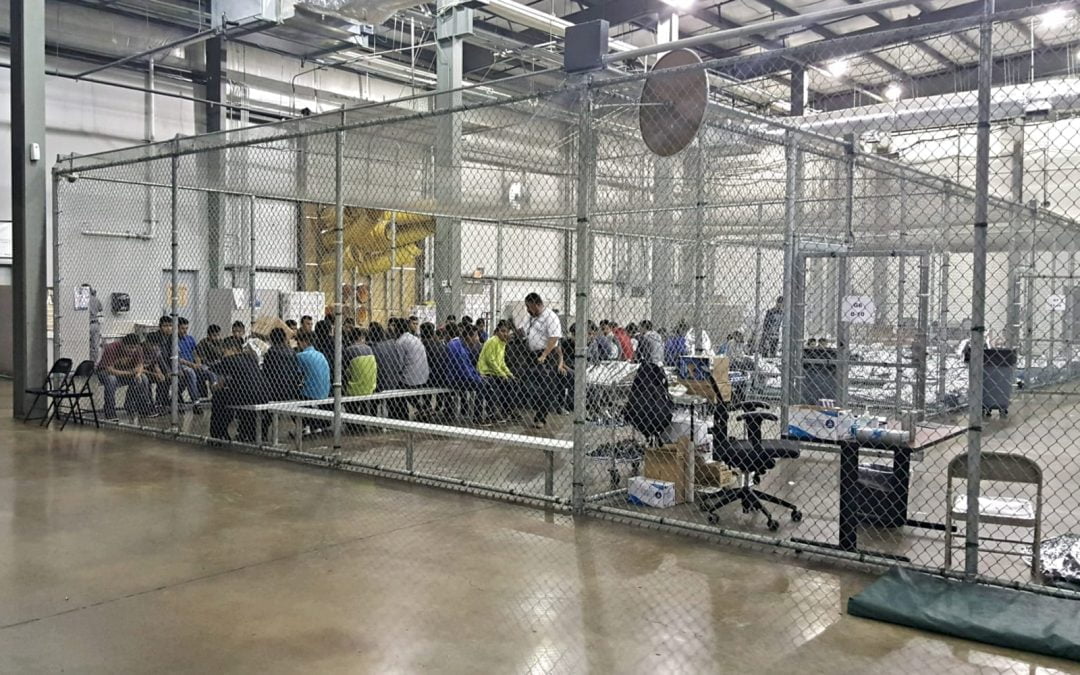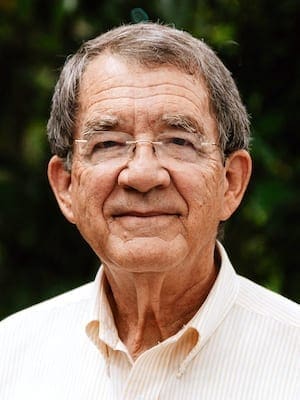An interesting phrase is inserted into Isaiah’s vision of the peaceful world that will emerge from Assyrian hostilities.
The prophet declares in Isaiah 11:1-6: “A shoot will come forth from the stump of Jesse … who will judge by what he sees and hears … the wolf shall live with the lamb, the leopard shall lie down with the goat, the calf and the lion and the yearling together, and a little child will lead them.”
The prophetic hope for the world reflected here addresses a context of extreme crisis, as the deterioration of Israel’s core covenant value has been replaced by the political expediency of doing whatever is necessary to hold a coalition of religion and power-hungry together.
After the stern indictments of the previous chapters, the prophet looks beyond the Assyrian threat to a restored faith community with a renewed covenant of peace and justice that will see the removal of the hostilities suggested by the metaphors of wolf and lamb, calf and lion, cow and bear, child and poisonous snake.
And right in the middle of this portrait of peaceful life is the statement, “A little child shall lead them.”
We are not surprised that there are Christological applications of this passage – “branch of the stump of Jesse … a child shall lead them … and the little child of Bethlehem.”
Much of our collective consciousness has lamented for years now that divisiveness has prevented our governing structures and functions from addressing the most pressing needs of our time.
No matter what the issue or its importance, any proposal for a response is met with partisan objection, typified by Sen. Mitch McConnell’s election night pledge in 2008: “Our number one legislative agenda is to make this a one-term president.”
What will it take, we hear from many fronts, to get our national life back on track again?
In recent days, the plight of persons seeking safety and shelter from violence in Central America has captured the attention of the 24/7 news cycle; people from across all lines of partisan loyalty are touched and moved to response by the images of children separated from their families in an effort to “protect our borders.”
Where no amount of reason or appeal to our stated values or affirmation of our duty as human beings to help those in need seems to move the needle, the image of a child being pulled away from his or her parents seems to be awakening hearts from their partisan moral slumbers to say, “This is not who we are!” and “We can’t be doing this!”
Efforts to control exposure of what is being done through denial of access to the detention centers or carefully managed “visits” to some of the more elaborate and well-decorated sites managed by independent contractors have partially softened the impact of the trauma of children being separated from the basic security framework of their lives.
But the reality of what is happening has become obvious enough to bring voices normally not in harmony into a united call for a response that condemns the practice and the spirit behind it.
Like some of the images that turned the tide of national consciousness in the Vietnam War, the pictures of children in their vulnerability and helplessness seem to have had an impact more significant than any of the political posturing that has accompanied the crisis.
It may be that when the dust has settled from our present distress, and saner minds find the leverage to right the ship of state that has been badly listing – when the wolf and the lamb, the privileged and the needy, the right and the left can co-exist in respect and compassionate support – we will be able to see through the prophet’s eyes that the collective child on our border has led our collective consciousness as a people to see a new way into the frontier of our future.
“A little child has led us” is probably not a bad piece of biblical testimony for a people seeking to live a covenant faith.
Professor emeritus of religious studies at Mercer University, a member of Smoke Rise Baptist Church in Stone Mountain, Georgia, and the author of Keys for Everyday Theologians (Nurturing Faith Books, 2022).


